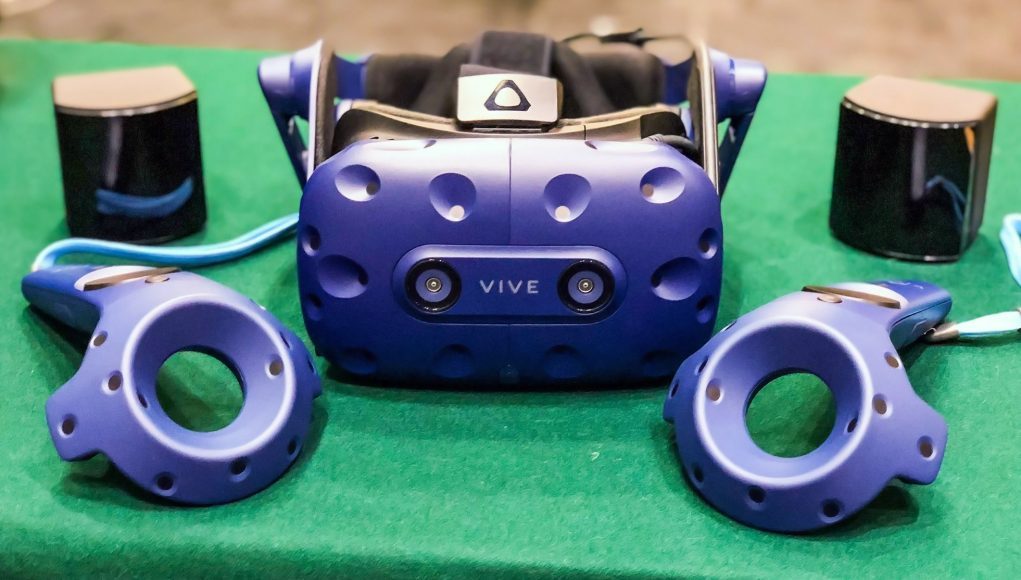While HTC is planning to launch the Vive Pro headset itself starting in Q1, the full package including the headset, controllers, and new SteamVR Tracking 2.0 base stations won’t come until later in the year. Until then, here’s a glimpse that comes to us from Alvin Wang Graylin, HTC’s Vive China president, who recently took the kit to a Vive developer meetup in the region.
While the Vive Pro’s increase resolution is its headline feature for most, lurking underneath those iconic dots covering the headset and controllers are new sensors supporting SteamVR Tracking 2.0. The new 2.0 tracking is said to be better in several ways, including support for even larger playspaces of up to 33 × 33 feet if you link four of them together. While the Vive Pro headset and controllers are backwards compatible with 1.0 base stations (that ship with the original Vive), you won’t see the major benefits of 2.0 without the 2.0 base stations (which won’t be available until later this year, and won’t be backwards compatible with the original Vive).
The new wand controllers appear largely the same as before, save for the 2.0 sensors. We learned earlier this month that HTC is not planning to launch the Vive Pro with Valve’s highly anticipated Knuckles controllers.
HTC told us then that the controllers would be “refreshed,” which we hoped would mean more than merely swapping out the new sensors, though there’s not much evidence of external change here (I’m still holding out hope that the grip buttons have been made easier to press and hold). We were able to confirm that the controllers pictured are indeed sporting the 2.0 sensors, but we’re still awaiting confirmation that they represent the final design.







